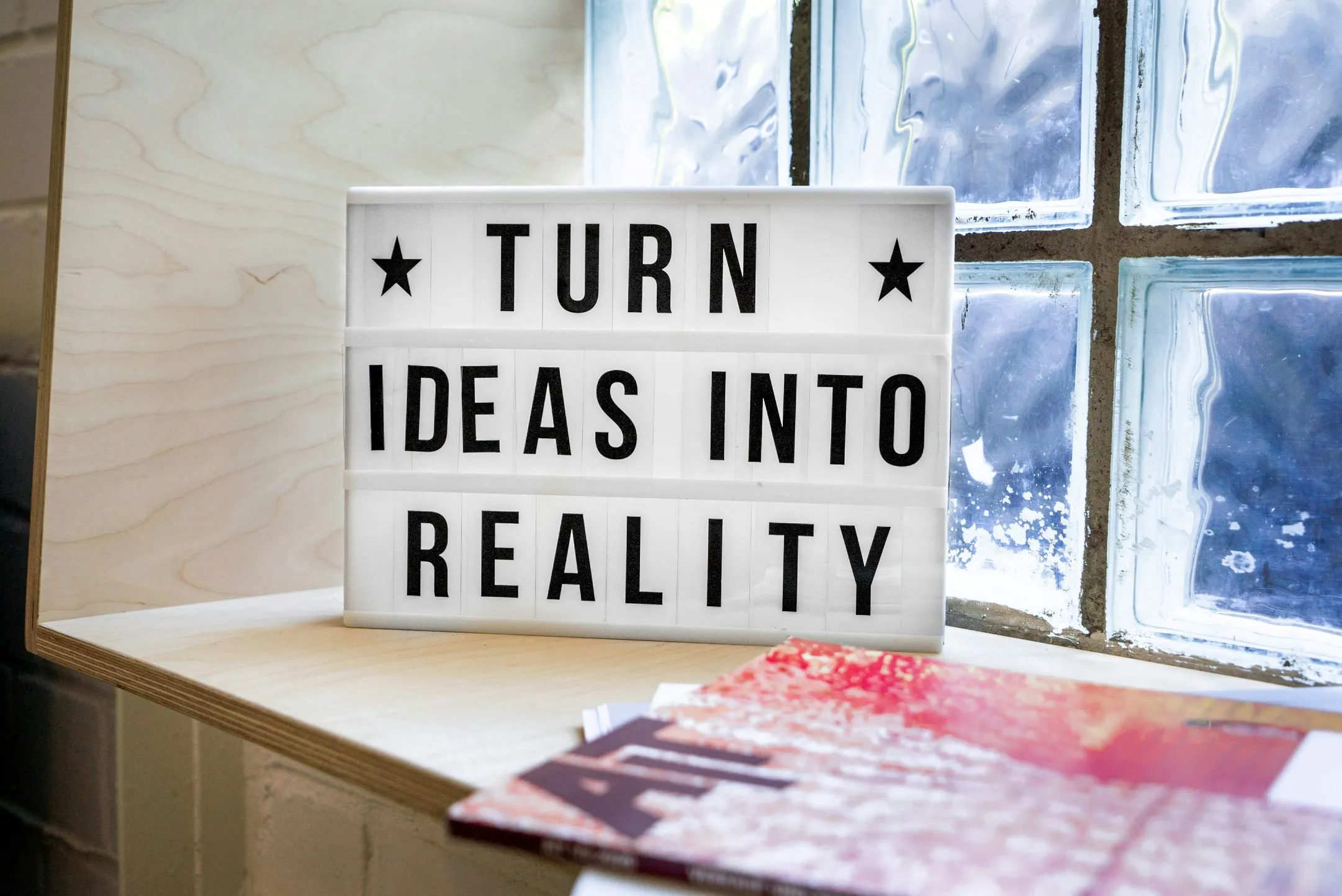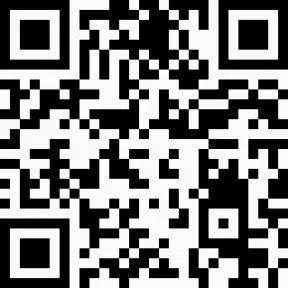Seattle's Capitol Hill has long been a nexus of Queer life and culture, a place where originality, acceptance, and community converge in electric fashion. Over the decades, this iconic neighborhood has been celebrated for its eclectic array of bars, clubs, cafés, and performance venues that have offered safe spaces for Queer people to connect, express themselves, and find belonging.
Yet in recent years, a curious ennui has settled over much of the area's nighttime scene. Patrons are voicing a shared observation that too many of the bars seem to rely on the same set of events, curated by the same small group of programmers, often drawing from the same talent pools. What was once a thrilling mosaic of parties, performances, and subcultures now feels at risk of collapsing into a repetitive loop, leaving many people wondering whether fresh voices could breathe new life into these establishments.
The problem with stale programming
It's no secret that small teams of established promoters can fall into predictable routines. The familiarity might bring in a consistent crowd for a time, but it rarely cultivates excitement in the long run. Promoters tend to replicate what works – drag revues, dance parties, and weekend events – and simply shuffle them from one bar to another.
While these staples certainly have their appeal, especially for those who live for the sparkle of drag or the rhythm of a DJ set, they don't necessarily reflect the full spectrum of LGBTQ+ interests or identities in Seattle. The city's Queer population is vibrantly diverse, spanning a broad range of ages, cultures, races, and artistic inclinations. Capitol Hill once seemed to embrace that dynamic mix. Now, a growing number of residents question whether certain bars may have become too narrow – and inadvertently left everyone else behind.
In conversations with patrons who have frequented Capitol Hill's most established Gay bars for years, one frequently voiced concern is that these venues too often prioritize the same brand of drag show or dance party. Don't get the wrong impression: drag is an incredible art form that has shaped Queer history and activism, and it remains a cultural cornerstone in many respects. But the current "drag all the time" model can become stifling when it eclipses every other form of entertainment and community-building. Overexposure risks turning a beloved art form into the nightlife equivalent of white noise.
Meanwhile, those who crave a more laid-back space – somewhere to have meaningful conversation, play board games, watch a performer who isn't necessarily lip-syncing, or simply dance to a different kind of music – feel increasingly shut out. It's not drag's fault; it's the reliance on a one-size-fits-all approach.
Repetition stifles new voices
At the heart of this dilemma is a small, tight-knit circle of event programmers who hold sway over multiple bars – among them well-known spots like Queer/Bar, The Cuff, and Massive. The result is a sort of unofficial monopoly on nightlife concepts. While it may be easier from a managerial standpoint to give the same group free rein, that convenience often comes at the cost of innovation. New ideas struggle to find a foothold when every weekend is booked by the same planners. Budding performers, musicians, or different styles of drag artists may be overlooked because the established gatekeepers prefer to stick with proven acts. Over time, it becomes a cycle of repetition – a reliable but slowly stagnating pattern that leaves little room for new voices to crack the lineup.
Bar owners may not immediately see the downside, especially if they still draw a decent crowd on Saturday nights. Yet there's a hidden danger in coasting on established formats. Nightlife scenes are fragile ecosystems. When an event template grows stale, regular patrons drift away, either staying home to save money or opting for house parties over predictably repetitive bar nights. Newer residents, particularly those who moved to Seattle enchanted by Capitol Hill's reputation for creativity, might discover that the reality doesn't measure up. Fewer people through the door eventually means shrinking profits, and the same bars that once thrived can quickly find themselves struggling to remain viable in the face of high rents and changing consumer habits.
Expanding the entertainment menu
Part of the solution lies in broadening the concept of what a Gay bar can offer. The LGBTQIA+ community encompasses vastly different tastes, yet commercial nightlife often settles on drag performances and dance floors as its main draws. Why not experiment with themed evenings that extend beyond these mainstays? A bar might host a Queer singer-songwriter showcase one night, an inclusive salsa or bachata event the next, and reserve the weekend for an experimental art installation or an indie film screening. Instead of seeing drag as a default, consider it a highlight – a curated monthly or bimonthly extravaganza that feels special precisely because it's not happening every single evening. This approach doesn't exclude drag; it makes it more exciting when it does appear, while also spotlighting other underrepresented corners of the Queer arts scene.
The need for fresh programmers
Another key element is the conscious recruitment of fresh programmers. Many local creatives have ideas for events but lack the network or track record to convince bar owners to take a chance on them. By opening up the application process, holding pitch nights, or offering opportunities for guest programmers, bar owners can bring in people with bold new visions. This benefits not only the bar, which can carve out a niche among competitors, but also the broader community, which gains a more diverse array of events to attend.
An infusion of new leadership often translates to a broader pool of talent: DJs from various cultural backgrounds, performance artists who defy traditional labels, and lesser-known drag kings or alt-queens who rarely get the same platform as more established names.
While these changes can reinvigorate Capitol Hill's nightlife, they also align with the core mission of many Queer spaces: to foster inclusion and community. Gay bars have historically served as sanctuaries for people of all stripes, as places where one could find acceptance and solidarity, especially during times when mainstream society was far less tolerant.
If bars now focus too heavily on a single crowd or single type of entertainment, they risk undermining that heritage. True inclusivity means acknowledging the multifaceted interests of Queer patrons. Some love a rowdy drag show, while others prefer a quiet reading of Queer literature; some crave a high-energy dance floor, while others want to host a chill meetup for gamers.
The point is that a healthy nightlife ecosystem can – and should – embrace all of these possibilities.
The community's role
Owners might find it tempting to keep handing the keys to the same group of promoters who have historically delivered workable results. But workable isn't always optimal, especially in a city that prides itself on forward-thinking culture. Seattleites are known for their appreciation of innovation and authenticity; why shouldn't the city's Gay bars reflect that spirit?
Embracing riskier or more experimental events may feel daunting at first, but the payoff can be substantial: a renewed sense of excitement among patrons, enthusiastic word-of-mouth on social media, and the nurturing of next-generation Queer talent that can make Capitol Hill a nightlife magnet once again.
The broader Seattle LGBTQ+ community also has a role to play. Where we spend our time and money shapes the landscape around us. If you believe a particular venue should try something different, show up when it does. Suggest ideas to bar managers or staff. Encourage your friends to attend lesser-known or experimental events – those first few nights can make all the difference in whether a new concept takes off or fades away. Community collaboration is the lifeblood of successful Queer spaces, and it thrives on a wide range of voices being heard.
A call for inclusive evolution
Ultimately, advocating for fresh faces in Gay bar programming isn't an indictment of those who have laid the groundwork. Many of these veteran programmers and event organizers have poured their energy into supporting Queer culture, often at times when mainstream acceptance was a distant dream. Their contributions shouldn't be dismissed, but legacies can become stagnant if they don't evolve. By inviting emerging talent to co-create, even the most established figures can expand their repertoires and stay relevant to younger generations who are forging new cultural paths.
Capitol Hill will always hold an important place in Seattle's LGBTQIA+ story, but staying true to its roots as a hub of self-expression and community means continually reinventing itself. Such reinvention doesn't require discarding what works; it simply calls for a willingness to explore new formats. Gay bars serve as community centers, creative incubators, and cultural signposts all at once. Ensuring they reflect the breadth of the community's needs and desires keeps these venues vibrant in a rapidly changing world.
If there is one lesson to be drawn from Capitol Hill's storied past, it's that diversity of expression has always fueled progress. The rainbow of queerness spans too many shades to be confined to a single type of event. Fresh programmers, events, and perspectives don't just make for a fun night out – they sustain the heart of a truly inclusive culture.
As our definitions of "Queer," "nightlife," and "community" expand with each new generation, we must adapt our spaces to keep pace. Reaching out to up-and-coming innovators, experimenting with fresh formats, and recognizing that drag is only one facet (albeit a dazzling one) of our shared identity can help Capitol Hill's nightlife flourish once more.
Change always carries some element of risk, but a refusal to change carries an even greater one: losing the authenticity that made Capitol Hill a beacon of Queer creativity in the first place. By taking bold steps now, we can ensure that our bars not only endure but also remain vital centers of connection, culture, and celebration for years to come.
WHAT'S GOING ON IN MARCH
Capitol Hill Gay Bars: Nothing new (fix it!)
Night of a Thousand Bisexuals
• Where: The Rendezvous (Seattle)
• When: Wednesday, March 26, 6–9 p.m.
I may be Gay, but I'm definitely here for our Bi friends – and Night of a Thousand Bisexuals at the Rendezvous is exactly the kind of event that deserves a cheer (and a cocktail). Seattle's only Bisexual DJ will be spinning those genre-hopping beats and toasting to the fact that a space for the Bi community isn't such a mythical creature after all. If you're as ready as I am to celebrate inclusivity (and give a polite middle finger to biphobia), join the fun. Whether you're Bi, Gay, Queer, or somewhere in between, this is the perfect chance to show support and have a blast.

Support the Seattle Gay News: Celebrate 50 Years with Us!
As the third-oldest LGBTQIA+ newspaper in the United States, the Seattle Gay News (SGN) has been a vital independent source of news and entertainment for Seattle and the Pacific Northwest since 1974.
As we celebrate our 50th anniversary, we need your support to continue our mission.
Your contribution will ensure that SGN remains a beacon of truth and a virtual gathering place for community dialogue.
Help us keep printing and providing a platform for LGBTQIA+ voices.
How you can donate!
Using this Link
Text "SGN" to 53-555
Or Scan the QR code below!



